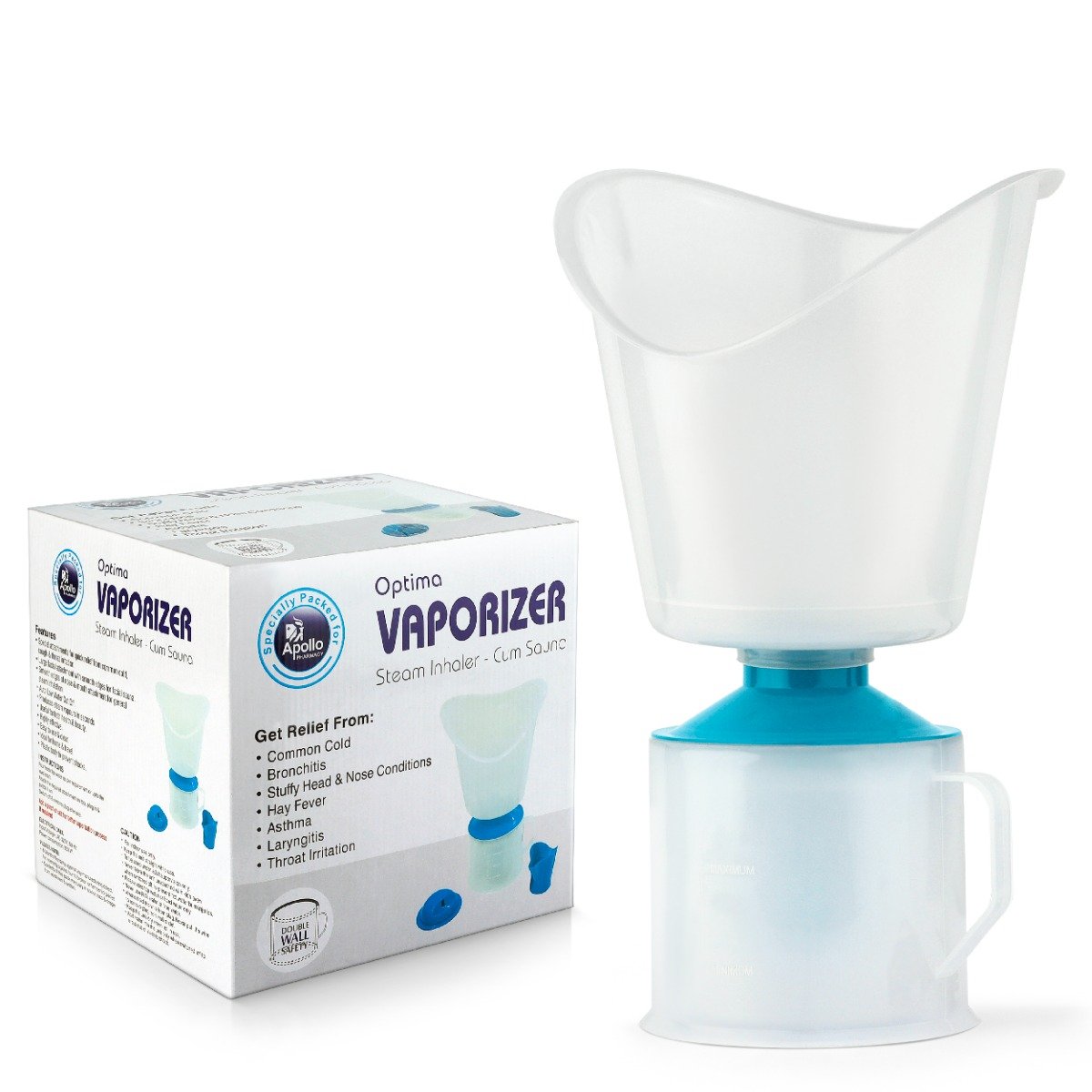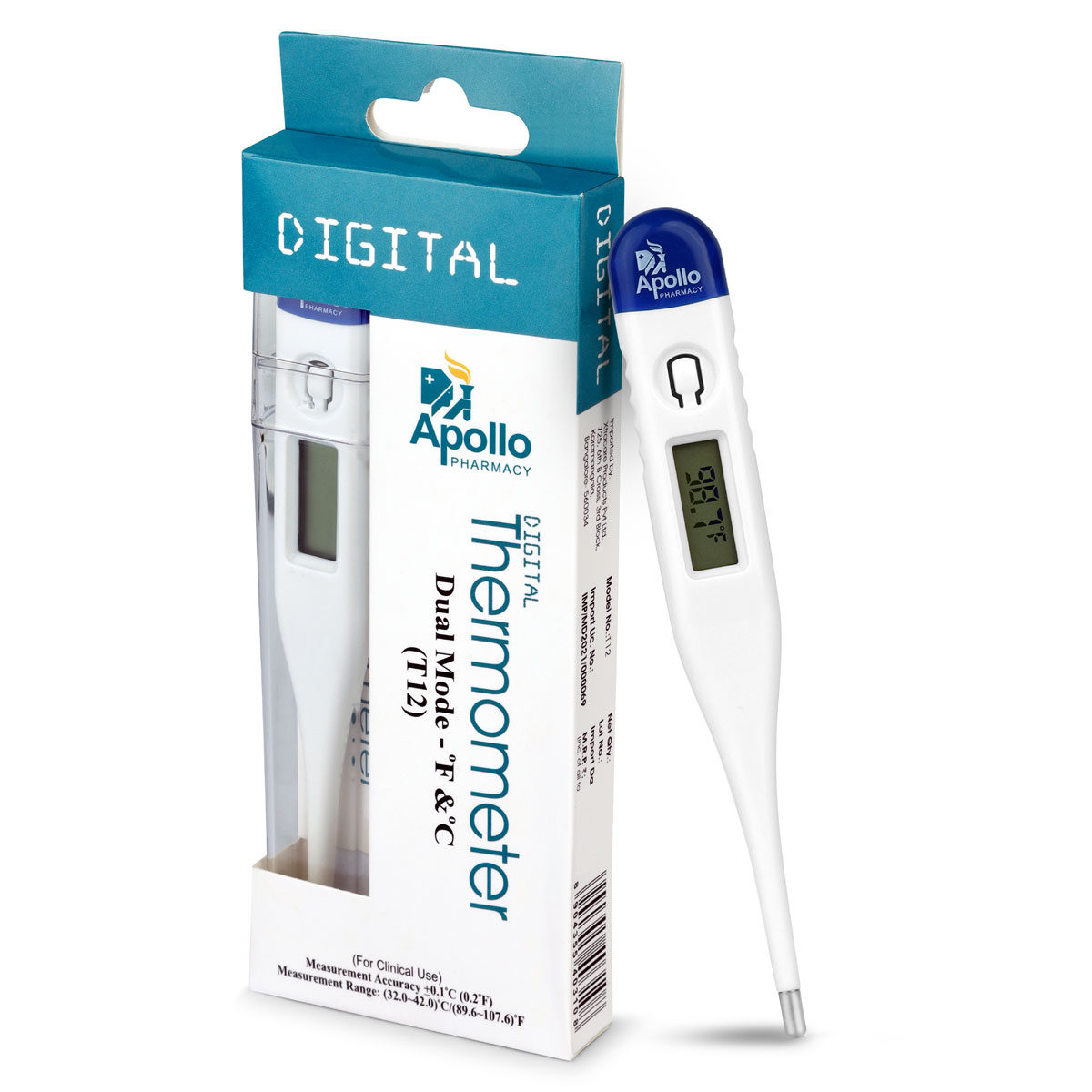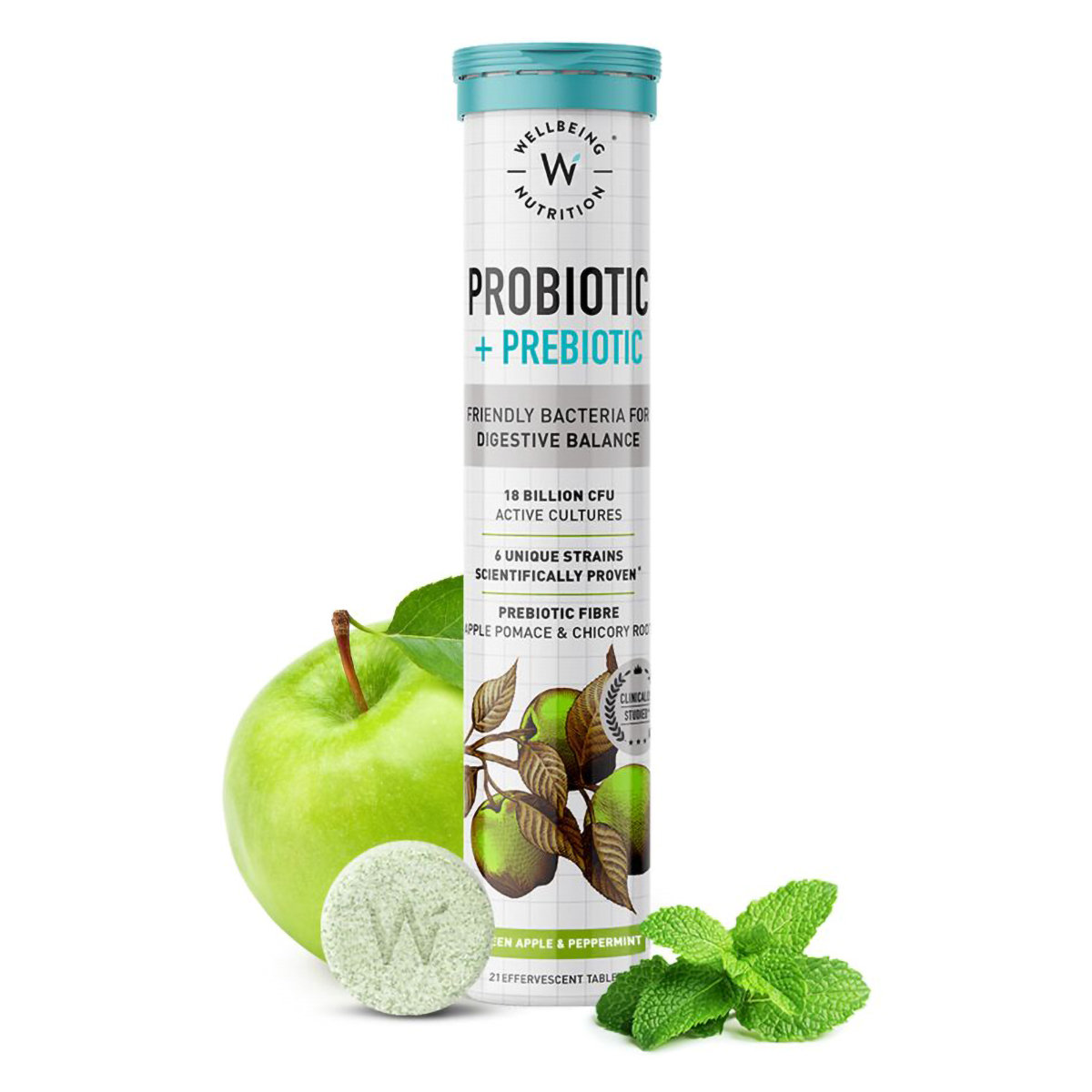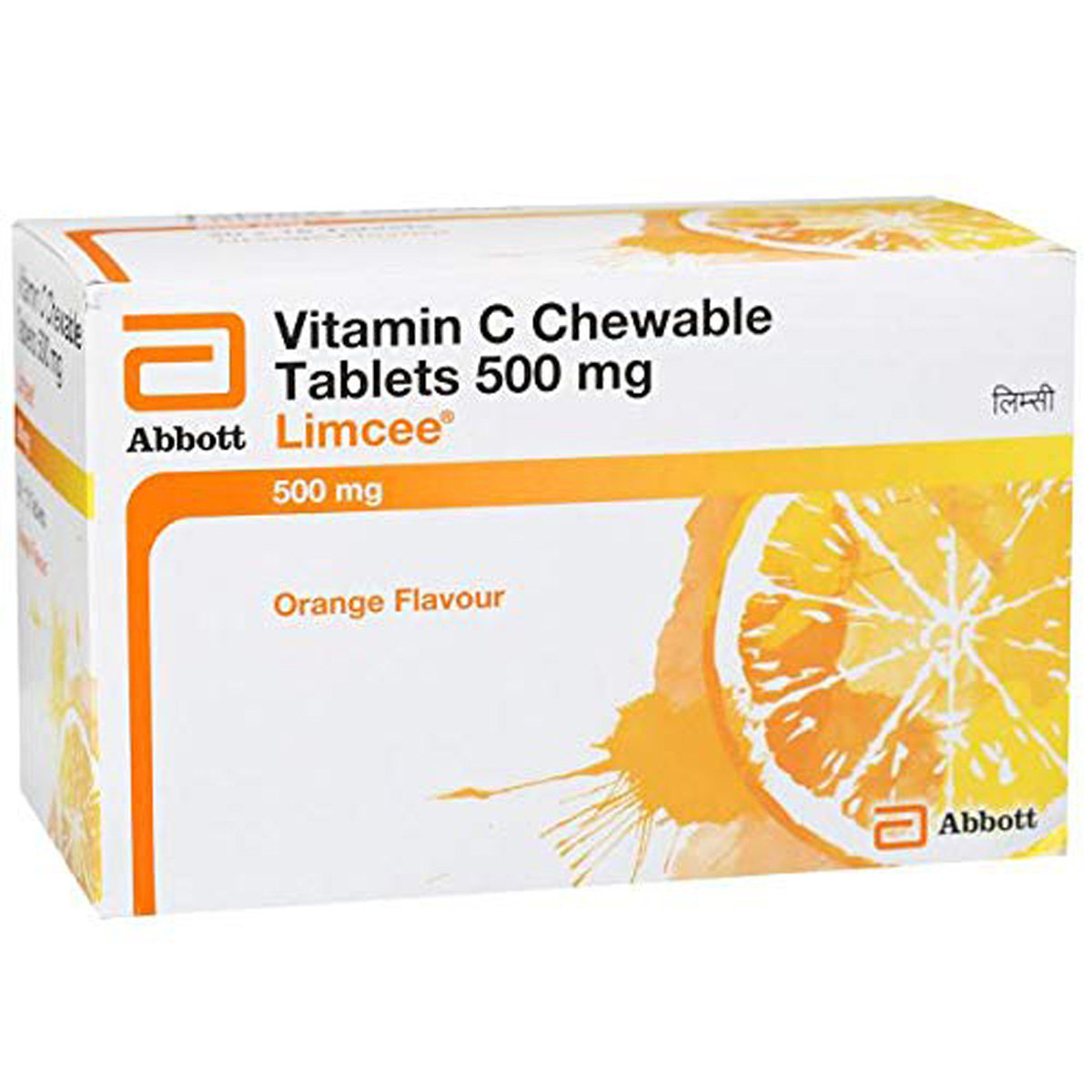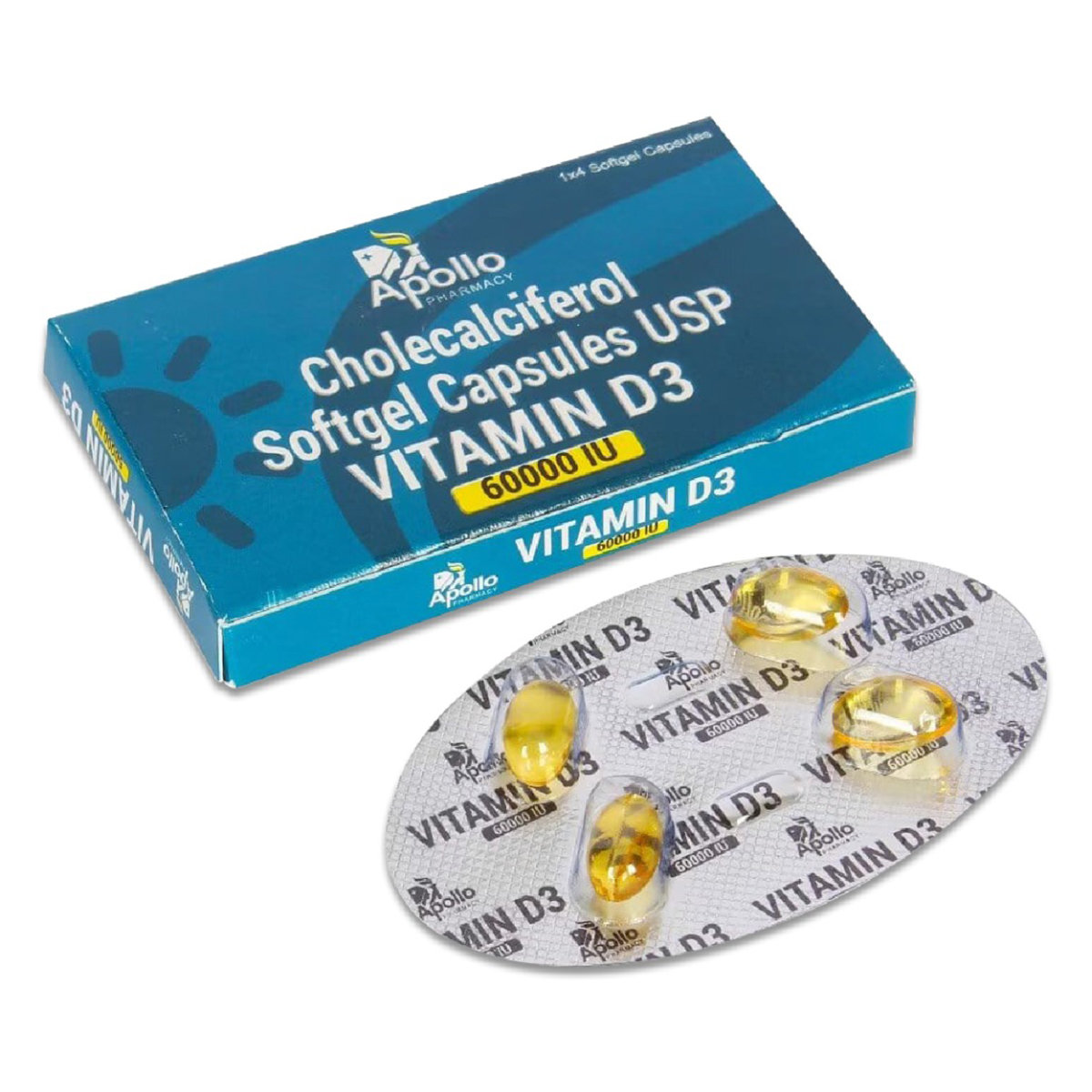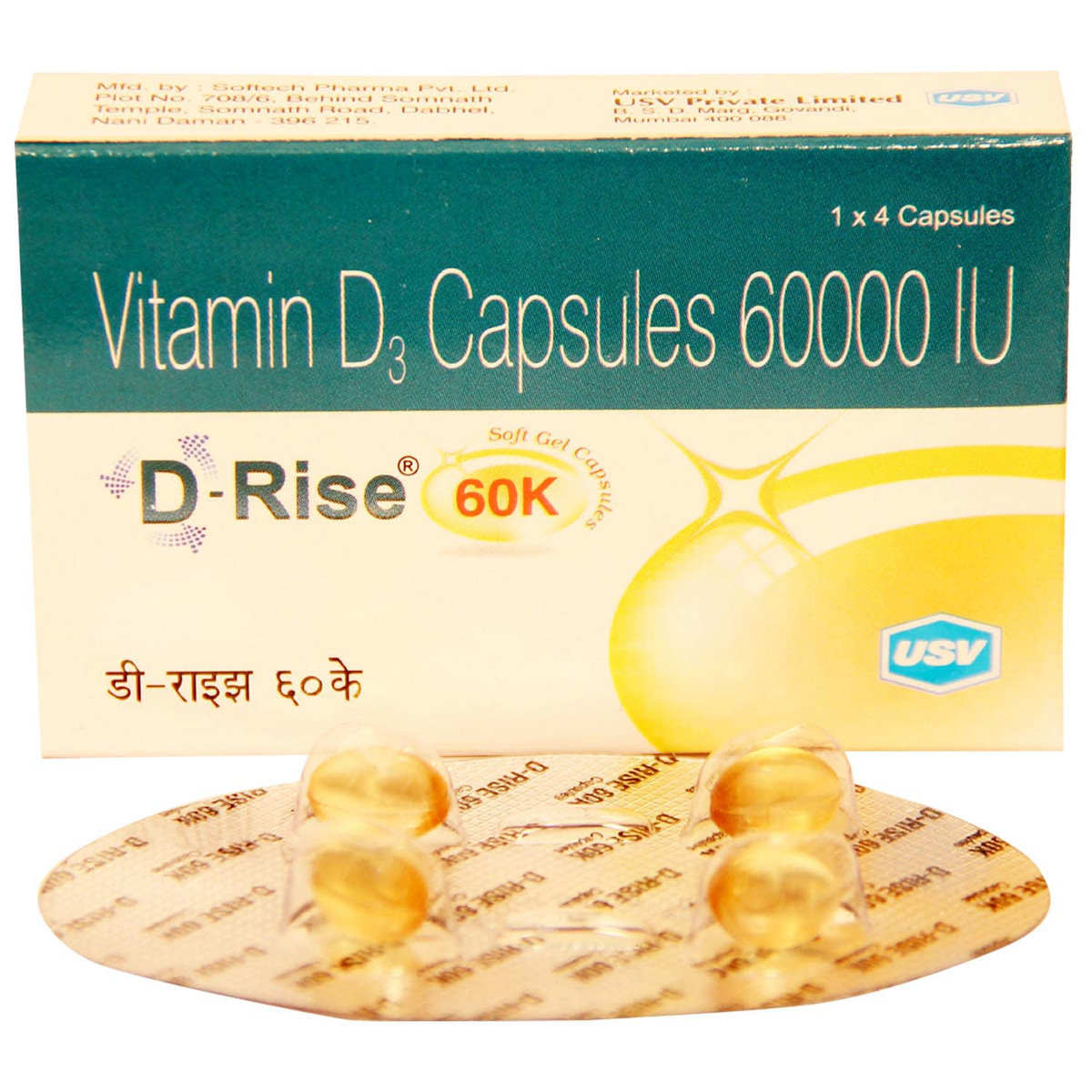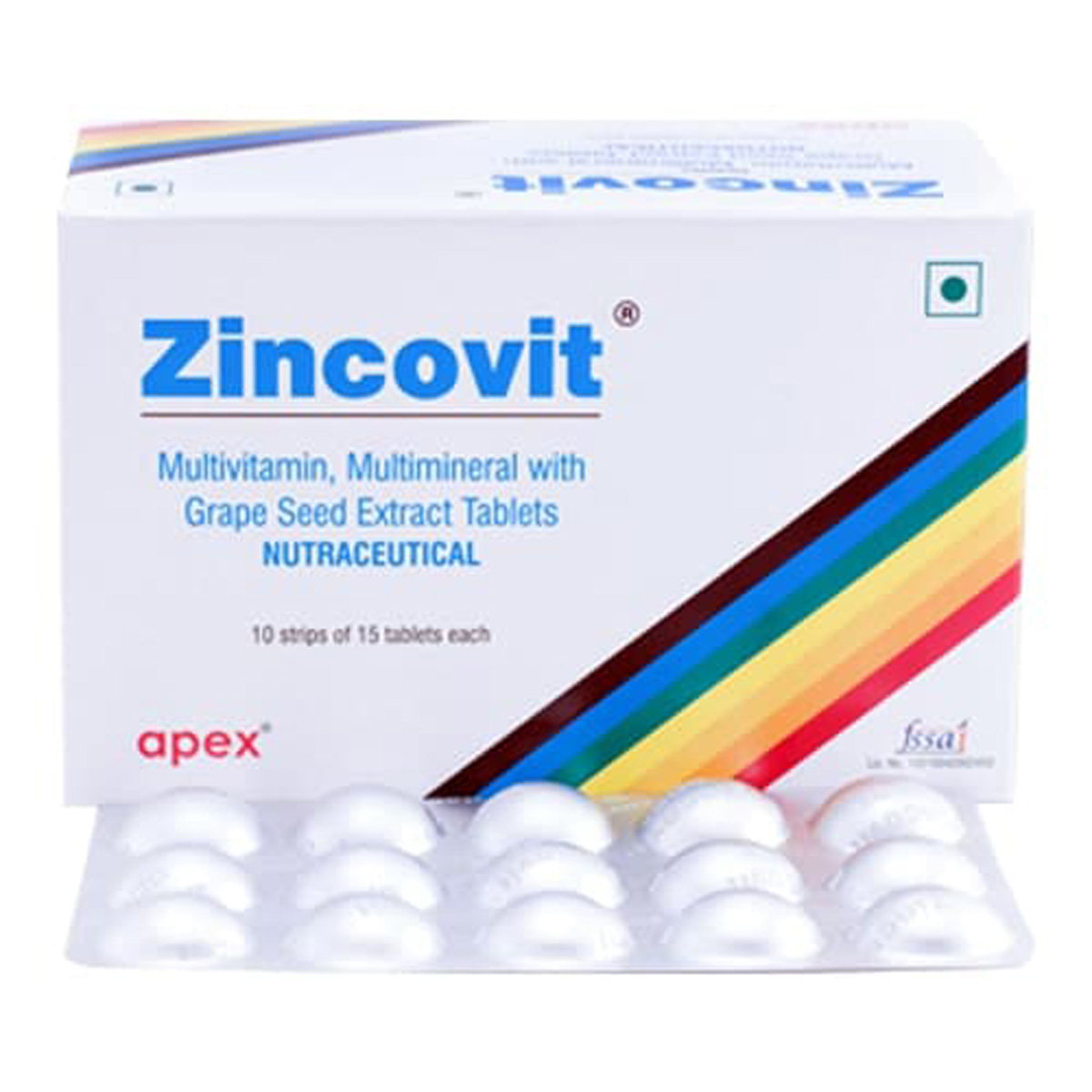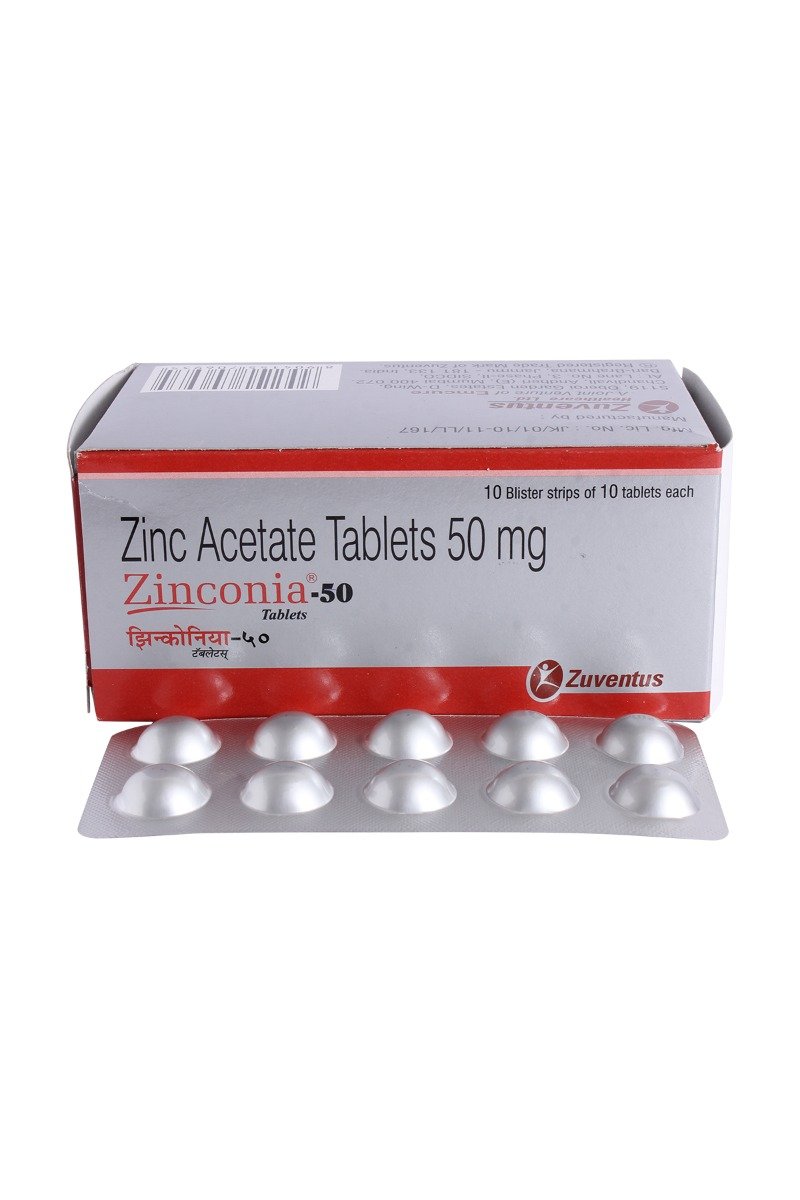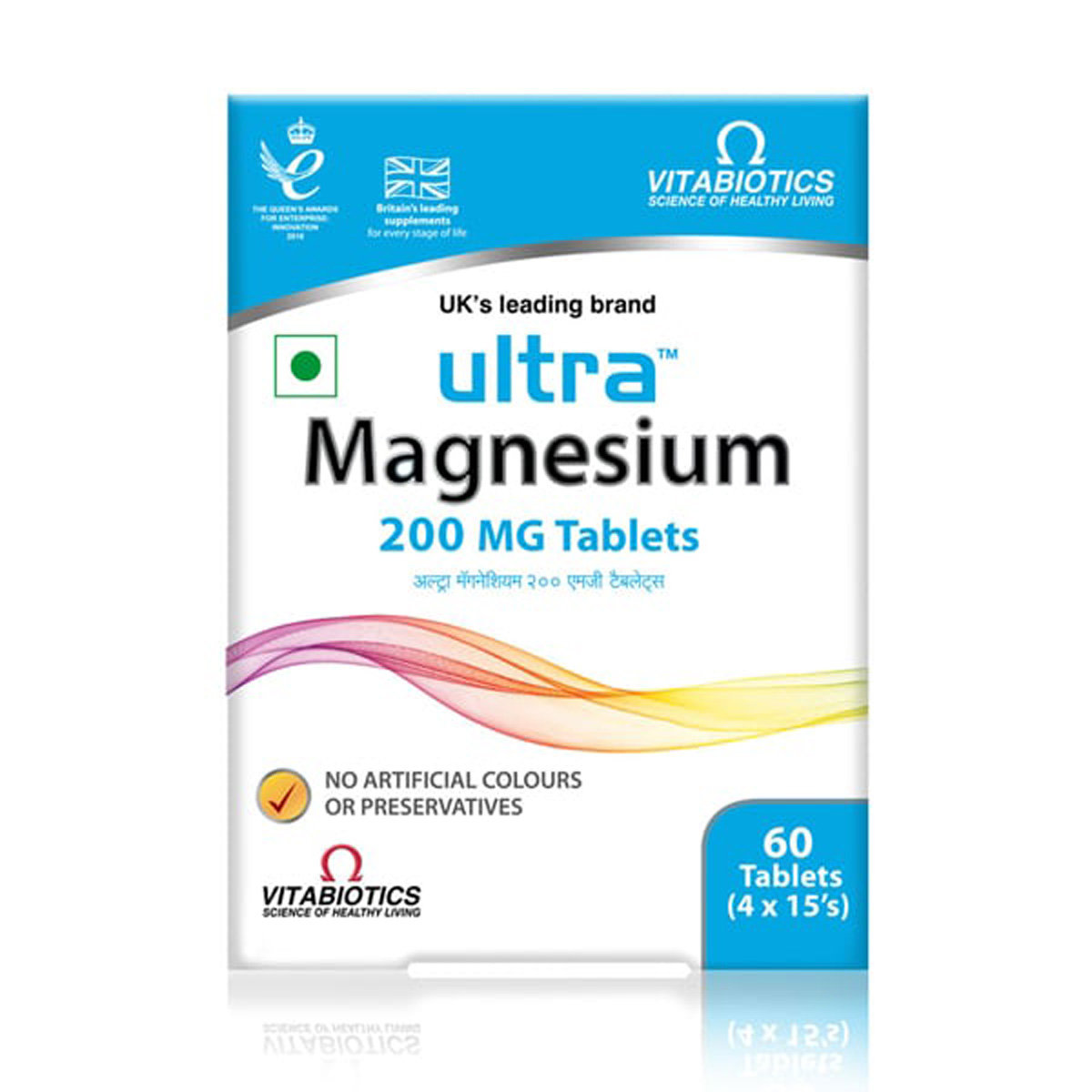Supirocin-B Plus Ointment 5 gm

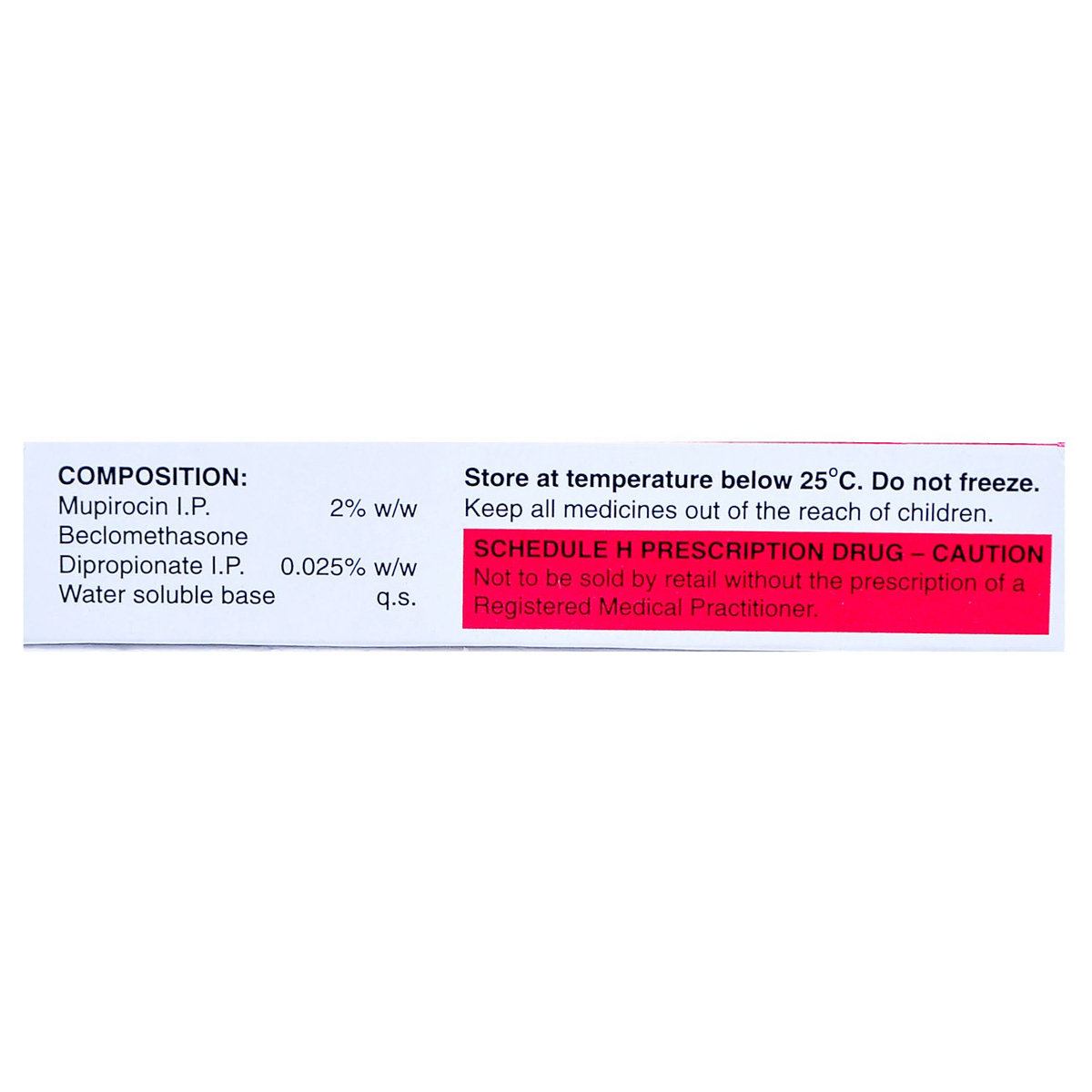
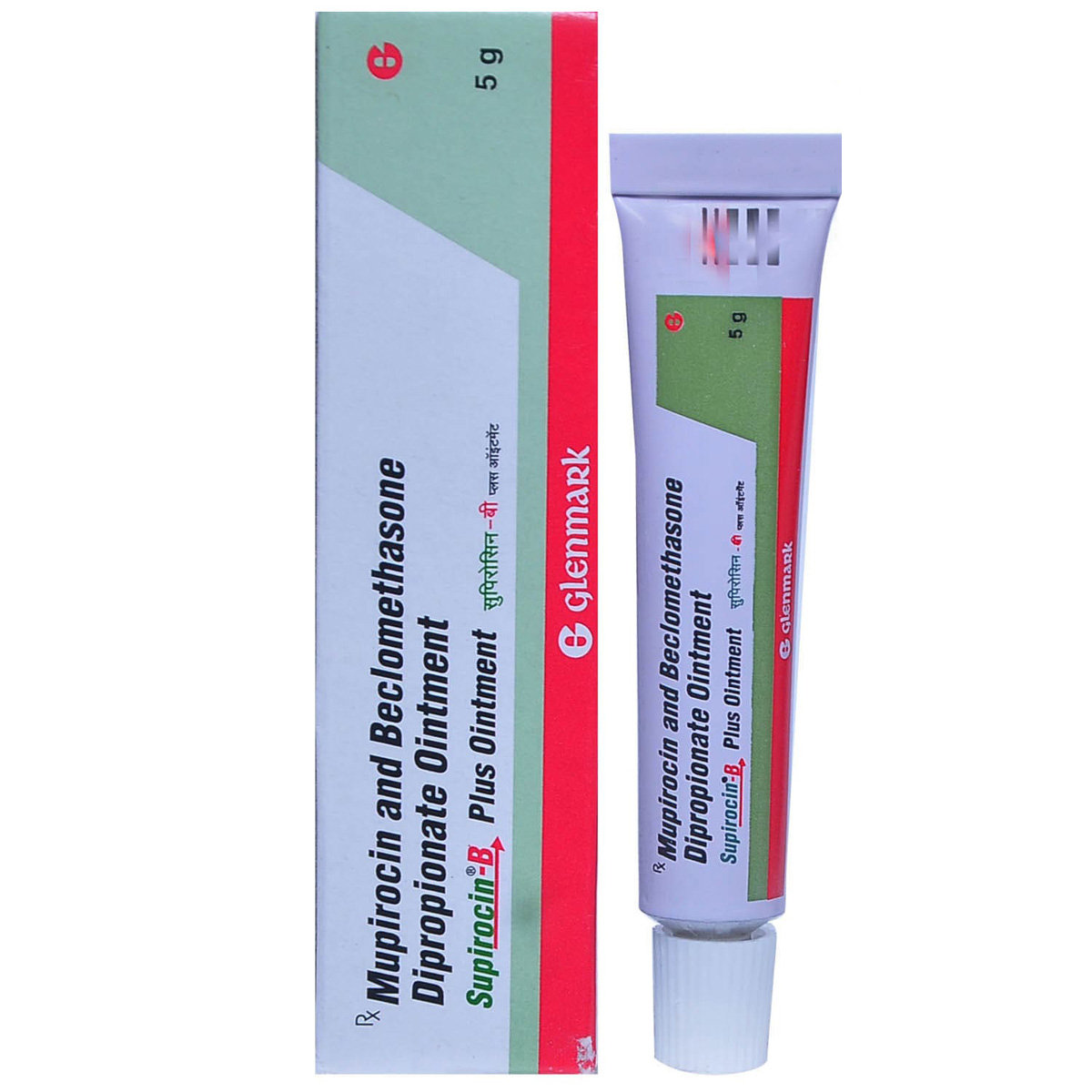
MRP ₹212.5
(Inclusive of all Taxes)
₹31.9 Cashback (15%)
know your delivery time
Provide Delivery Location
Manufacturer/Marketer :
Consume Type :
Expires on or after :
Return Policy :
Selected Pack Size:5 gm
5 gm ₹191.3
(₹38.26 per gm)
In Stock
15 gm ₹68.4
(₹4.56 per gm)
Out of stock

Secure Payment

Trusted by 8 Crore Indians

Genuine Products
Therapeutic Class
Country of origin
Manufacturer/Marketer address
Author Details
We provide you with authentic, trustworthy and relevant information
Disclaimer
Alcohol
Safe if prescribed
The interaction of Supirocin-B Plus Ointment 5 gm with alcohol is unknown. If you have any concerns, consult your doctor.
Pregnancy
Consult your doctor
Limited data is available on the effect of Supirocin-B Plus Ointment 5 gm in pregnancy. Hence, if you are pregnant or planning pregnancy, inform your doctor before using Supirocin-B Plus Ointment 5 gm. Your doctor may prescribe this medicine if the benefits outweigh the risks.
Breast Feeding
Consult your doctor
Limited data is available on the effect of Supirocin-B Plus Ointment 5 gm on breastfeeding. Hence, if you are a nursing mother, inform your doctor before using Supirocin-B Plus Ointment 5 gm. Your doctor may prescribe this medicine if the benefits outweigh the risks.
Driving
Safe if prescribed
Supirocin-B Plus Ointment 5 gm usually does not affect your ability to drive or operate machinery.
Liver
Consult your doctor
If you have any concerns regarding the use of Supirocin-B Plus Ointment 5 gm in patients with liver problems, please consult a doctor.
Kidney
Consult your doctor
If you have any concerns regarding the use of Supirocin-B Plus Ointment 5 gm in patients with kidney problems, please consult a doctor.
Children
Safe if prescribed
Supirocin-B Plus Ointment 5 gm is not recommended for children unless prescribed by a doctor.
Product Substitutes
About Supirocin-B Plus Ointment 5 gm
Supirocin-B Plus Ointment 5 gm belongs to a class of drugs called topical antibiotics combined with corticosteroids. It is used to treat bacterial infections of the skin, such as impetigo (a weeping, crusty and swollen patch of skin). Bacterial skin infections occur when bacteria enter the body through a scratch or cut in the skin. They often begin as small, red bumps that increase in size slowly.
Supirocin-B Plus Ointment 5 gm contains Beclomethasone dipropionate (corticosteroid) and Mupirocin (antibiotic). Beclomethasone dipropionate works by acting inside skin cells and inhibiting the release of certain chemical messengers in the body that cause redness, itching, and swelling. Mupirocin is a topical antibiotic that works by causing bacteria to produce faulty and abnormal proteins. Thus, it kills the bacteria and clears the infection.
Use Supirocin-B Plus Ointment 5 gm as prescribed. You are advised to use Supirocin-B Plus Ointment 5 gm for as long as your doctor has recommended it based on your medical condition. Supirocin-B Plus Ointment 5 gm is for external use only. Avoid contact of Supirocin-B Plus Ointment 5 gm with nose, mouth, or eyes. In case Supirocin-B Plus Ointment 5 gm comes in contact with these areas accidentally, rinse with water thoroughly. Sometimes, Supirocin-B Plus Ointment 5 gm may cause common side effects such as itching, pain, stinging, or burning sensation at the application site. Most of these side effects do not require medical attention and gradually resolve over time. However, if the side effects persist or worsen, please consult your doctor.
If you are allergic to Beclomethasone, Muprirocin or any other medicines, please tell your doctor. If you are pregnant or a breastfeeding mother, it is advised to consult a doctor before using Supirocin-B Plus Ointment 5 gm. Supirocin-B Plus Ointment 5 gm is not recommended for children unless advised by a doctor. Do not cover the treated area with airtight dressing unless your doctor advises. Do not use more than the prescribed doses or on a large area of skin for prolonged periods, as it may cause adverse effects.
Uses of Supirocin-B Plus Ointment 5 gm
Medicinal Benefits Mweb
Key Benefits
Supirocin-B Plus Ointment 5 gm contains Beclomethasone dipropionate and Mupirocin used to treat bacterial infections of the skin such as impetigo (a weeping, crusty and swollen patch of skin). Beclomethasone dipropionate acts inside skin cells and inhibits the release of certain chemical messengers in the body that cause redness, itching, and swelling. Mupirocin is a topical antibiotic that causes bacteria to produce faulty and abnormal proteins. Thus, it kills the bacteria and clears the infection.
Directions for Use
Side Effects of Supirocin-B Plus Ointment 5 gm
- Itching, pain, stinging, or burning sensation at the application site
Drug Warnings
If you are allergic to Beclomethasone, Muprirocin or any other medicines, please tell your doctor. If you are pregnant or a breastfeeding mother, it is advised to consult a doctor before using Supirocin-B Plus Ointment 5 gm. Supirocin-B Plus Ointment 5 gm is not recommended for children unless advised by a doctor. Cover the treated area with airtight dressing unless your doctor advises you to leave it uncovered. Do not use Supirocin-B Plus Ointment 5 gm in more than prescribed doses or on a large area of skin for a prolonged time, as it may cause adverse effects.
Drug-Drug Interactions
Drug-Drug Interactions
Login/Sign Up
Drug-Food Interactions
Drug-Food Interactions
Login/Sign Up
Drug-Diseases Interactions
Drug-Diseases Interactions
Login/Sign Up
Habit Forming
Diet & Lifestyle Advise
- Eat foods rich in quercetin (a flavonoid), such as apples, cherries, broccoli, spinach and blueberries.
- Consuming food rich in probiotics helps in developing the immune system against allergies.
- Limit intake of food that might trigger allergies, such as dairy products, soy, eggs, and nuts.
- Avoid the consumption of foods with excess sugar, as it may flare up inflammation.
- Include fruits, vegetables, whole grains, healthy fats, and fish in your diet.
- Reducing stress and maintaining a regular sleep pattern would be helpful.
- Avoiding getting in contact with harsh soaps, detergents, and rough fabrics.
All Substitutes & Brand Comparisons
RX
Out of StockSupirocin B Plus Ointment 15 gm
Glenmark Pharmaceuticals Ltd
₹76
(₹4.56/ 1gm)
88% CHEAPER

Have a query?
Buy best Dermatology products by
Glenmark Pharmaceuticals Ltd
Sun Pharmaceutical Industries Ltd
Klm Laboratories Pvt Ltd
Cipla Ltd
Canixa Life Sciences Pvt Ltd
Abbott India Ltd
Ajanta Pharma Ltd
Intas Pharmaceuticals Ltd
Dr Reddy's Laboratories Ltd
East West Pharma India Pvt Ltd
Alkem Laboratories Ltd
Atopic laboratories Pvt Ltd
Hegde & Hegde Pharmaceutica Llp
Brinton Pharmaceuticals Ltd
Torrent Pharmaceuticals Ltd
Amwill Healthcare Pvt Ltd
Leeford Healthcare Ltd
Palsons Derma Pvt Ltd
Oaknet Healthcare Pvt Ltd
Med Manor Organics Pvt Ltd
Micro Labs Ltd
Dermocare Laboratories Gujarat Llp
Fixderma India Pvt Ltd
Apex Laboratories Pvt Ltd
Mankind Pharma Pvt Ltd
Ipca Laboratories Ltd
Yaher Pharma
Systopic Laboratories Pvt Ltd
Menarini India Pvt Ltd
Ethinext Pharma
Nemus Pharmaceuticals Pvt Ltd
Skinocean Pharmaceuticals
Dermacia Healthcare
Inex Medicaments Pvt Ltd
Lupin Ltd
GlaxoSmithKline Pharmaceuticals Ltd
Talent India Pvt Ltd
Zydus Cadila
Kivi Labs Ltd
Zydus Healthcare Ltd
Hbc Dermiza Healthcare Pvt Ltd
Mrhm Pharma Pvt Ltd
Regaliz Medicare Ltd
Sol Derma Pharmaceuticals Pvt Ltd
Newtrimed Healthcare Pvt Ltd
Wallace Pharmaceuticals Pvt Ltd
Eskon Pharma
Glowderma Lab Pvt Ltd
La Pristine Bioceuticals Pvt Ltd
Mohrish Pharmaceuticals Pvt Ltd
Percos India Pvt Ltd
Rockmed Pharma Pvt Ltd
Macleods Pharmaceuticals Ltd
Praise Pharma
Ethicare Remedies Pvt Ltd
Kaizen Drugs Pvt Ltd
Aurel Biolife
Rely On Pharmaceuticals
Wockhardt Ltd
Galcare Pharmaceuticals Pvt Ltd
Elder Pharmaceuticals Ltd
Indiabulls Pharmaceuticals Pvt Ltd
La Med Healthcare Pvt Ltd
Biocute Life Care
Yap Bioceuticals
Yash Pharma Laboratories Pvt Ltd
Zee Laboratories Ltd
Apple Therapeutics Pvt Ltd
Adonis Laboratories Pvt Ltd
Albatross Healthcare Pvt Ltd
Galderma India Pvt Ltd
Prism Life Sciences Ltd
FDC Ltd
Alniche Life Sciences Pvt Ltd
Salve Pharmaceuticals Pvt Ltd
West Coast Pharmaceuticals Pvt Ltd
Dermarex HealthCare India Pvt Ltd
Arka Vital Science Pvt Ltd
Dermajoint India
Gary Pharmaceuticals Pvt Ltd
Grace Derma Healthcare Pvt Ltd
Karlin Pharmaceuticals & Exports Pvt Ltd
Skinska Pharmaceutica Pvt Ltd
Uniza Healthcare Llp
Alembic Pharmaceuticals Ltd
Cadila Healthcare Ltd
Cadila Pharmaceuticals Ltd
Cosmofix Technovation Pvt Ltd
Human Pharmaceuticals
Indolands Pharma Pvt Ltd
Lyra Laboratories Pvt Ltd
Akumentis Healthcare Ltd
Entod Pharmaceuticals Ltd
Iceberg Health Care Pvt Ltd
Jenburkt Pharmaceuticals Ltd
P and P Dermaceuticals Pvt Ltd
Dabur India Ltd
Indchemie Health Specialities Pvt Ltd
Olcare Laboratories Pvt Ltd
Unison Pharmaceuticals Pvt Ltd
BODY CREAM
Body Lotion
Face Cream
Shampoo
Sun Screen
Face Gel
Soap
Face Wash
HAIR SOLUTION
Face Serum
BODY GEL
Hair Lotion
Hair Serum
Dusting Powder
ANTISEPTIC
FACE CLEANSER
Face Lotion
Body Wash
Body Spray
Eye Cream
FUNGAL INFECTION
Foot Cream
Conditioner
Eye Gel
Cleanser
Hair Cream
Hair Oil
Face Mask
Hair Gel
Sanitizer
Hair Spray
Moisturiser
Skin Ointment
Lip Balm
Capsule
Eye Serum
Intimate Wash
Specialty Supplements
Hand Cream
Facial Spray
SPECIALITY SUPPLEMENT
Face Toner
MEDICATED SHAMPOO
Tablet
Talcum Powder
BABY SUNSCREEN
Body Butter
Body Scrub
DIAPER RASH CREAM
EYE SOLUTION
FACIAL WIPE
Gargle
Hand Wash
Intimate Spray
Lip Serum
Lubricant Gel
MEDICATED CREAM
Nail Polish
VITAMIN D
Frequently Bought Together
Customers Also Bought





